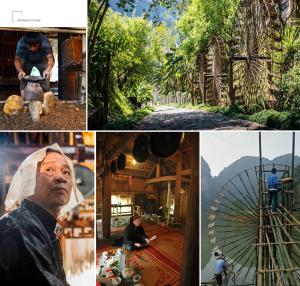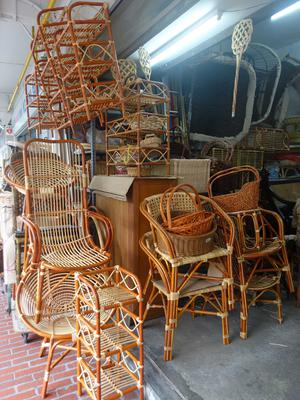Kolo is a Serbian circle dance that involves the dancers holding each other’s hands or each other’s waist, forming a chain of dancers that revolve in circle. Kolo has different but similar forms throughout Southeastern Europe and phonetically ~oro or ~olo maintains in calling this art of circular dance. Kolo is mainly performed at weddings, religious ceremonies, and any other social gatherings. The participants are both male and female, although there are parts to the dance where it requires one gender to take over as the main role. Traditional attire of Kolo involoves the men having to wear caps, loose blouse tucked into their pants that balloon around their thighs and eventually tightening from the knee down to the ankles. The women have to wear king white embroidered dresses with velvet aprons tied at their waist. The sustainability and transmission process of Kolo is both protected and processed on a national and regional level as it is not only a symbol of national identity but also has regional and local touches to its art form. The masters and bearers transmit Kolo through dancing with participants who engage in Kolo as their national dance. Kolo is both taught in schools and in specialized music schools and has a deep root in the minds of all Serbians. References: ICH UNESCO, Wikipedia
08-26-2019

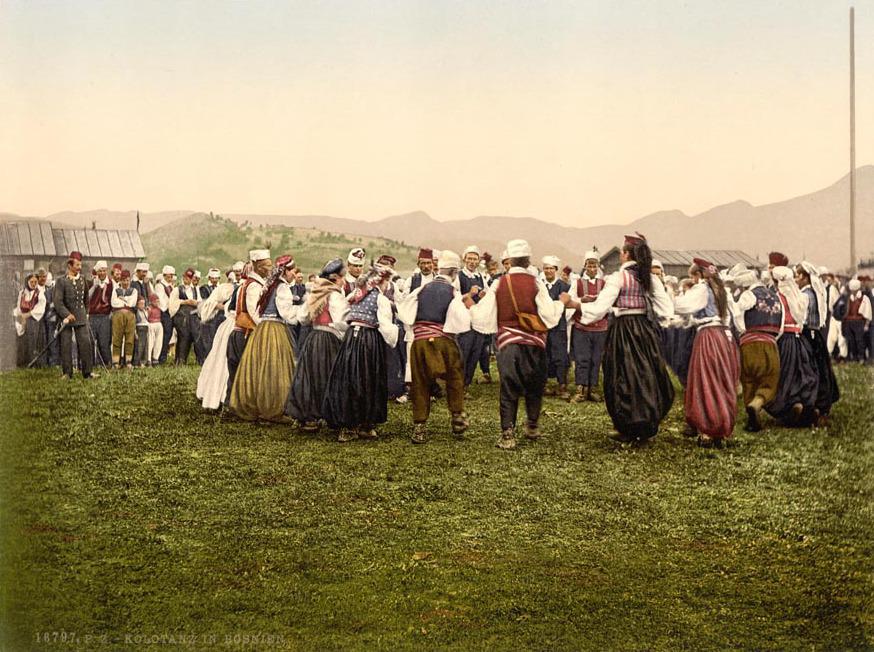
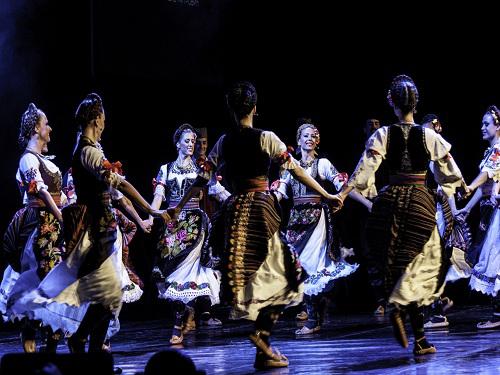
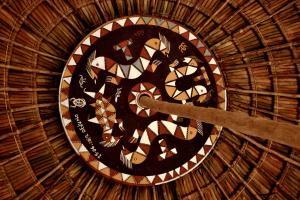

.jpeg)
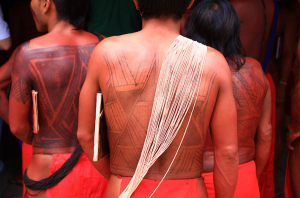
.jpg)
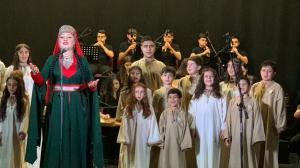
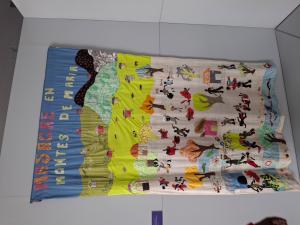

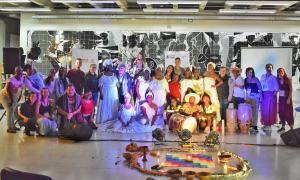
.png)
.jpg)















_(31711258567).jpg)

















